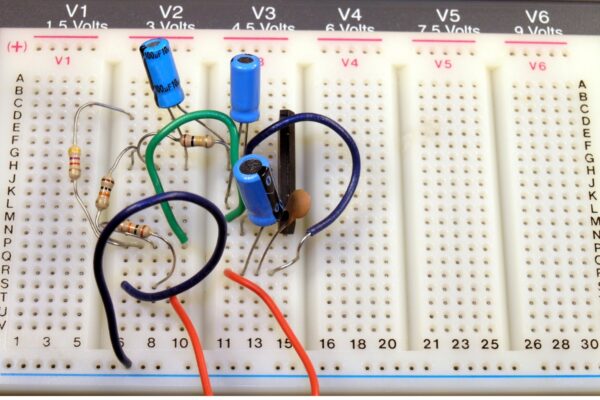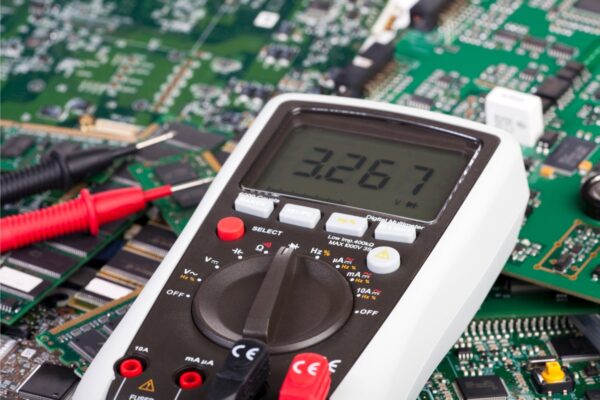What is Breakout
In the PCB industry, the term “breakout” has two distinct meanings.
A breakout board can refer to a specialized printed circuit board that simplifies the use of an integrated circuit or other electrical component. These breakout boards are designed to “break out” the pins of the IC onto the PCB, making it easier to connect and use the IC in various applications. This is particularly useful when the pins of the IC are too small or incompatible with a breadboard, which is a common prototyping tool. The breakout board provides its own set of pins that are spaced in a way that is compatible with a breadboard, allowing for quick and convenient testing and prototyping without the need for complex wiring or soldering.
Also, breakout also refers to the inclusion of perforated sections in a panel design that allows for the separation of individual circuit board assemblies. These breakouts are used in mass production or when a single board requires excess borders. They facilitate the depanelization process, ensuring that each board can be easily handled, tested, and assembled as a separate unit. Different methods, such as V-score or tab breakouts, can be employed based on the specific design requirements. Proper consideration of component clearance, force distribution, and alignment is essential when incorporating breakouts into PCB designs.
Frequently Asked Questions
What Does Breakout Mean in Electronics
A breakout box is a useful tool in electronics that helps troubleshoot and identify the wiring of an electrical connector interface on a networking device or computer. It is commonly used by inserting it between two electrical devices to determine the active signal or power interconnects.
What Is Breakout Connector
Breakout connectors are designed to offer convenient and efficient access to sensor signals and actuator voltages and currents. By connecting the breakout lead to the existing cable loom, users can easily obtain the output signal from the 4 mm banana plugs and connect it to an automotive oscilloscope using one of the PicoBNC+™ Test Leads. This allows for quick and hassle-free analysis of the signals.
What Is the Difference Between Shield and Breakout Board
Shields are designed to be directly attached to the Arduino and have predetermined functionality for their connections. On the other hand, breakout boards require additional wiring but provide the flexibility to connect to any suitable pins.
What Is Arduino Breakout
Arduino Portenta Breakout board is specifically created to assist hardware engineers and makers in prototyping and testing device connections and capabilities within the Portenta family boards, such as the Portenta H7.
Why Use a Breakout Cable
Compared to distribution style cable, breakout cable provides added strength for ruggedized drops. However, it does make the cable slightly larger and more expensive than distribution-style cable.
What Is a Breakout Tester
Breakout testers, also known as breakout boxes or interface analyzers, are diagnostic tools specifically designed for monitoring and testing the data interfaces of various devices such as modems, multiplexers, terminals, computers, and networks.
How Thick Is Breakout Board
PCB thickness of the breakout board is approximately 8mm/0.03″, and there is a spacing of around 10mm/0.4″ between the two rows.





